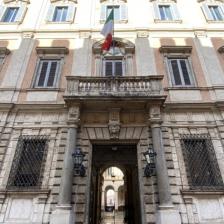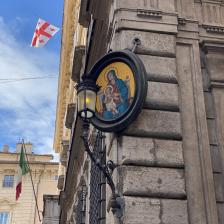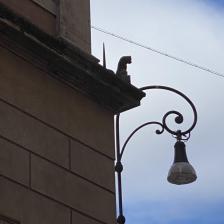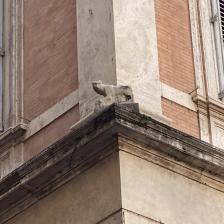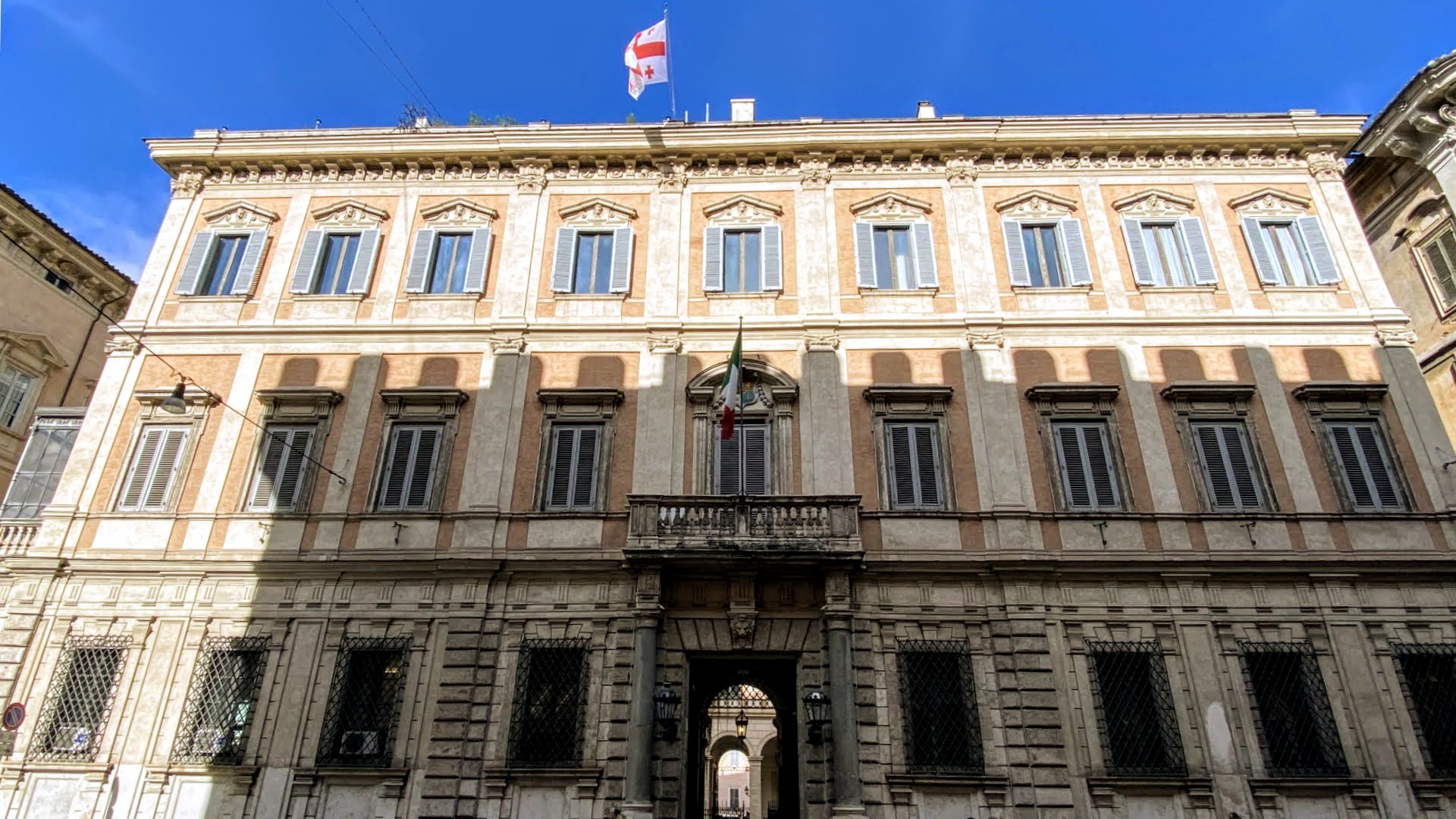
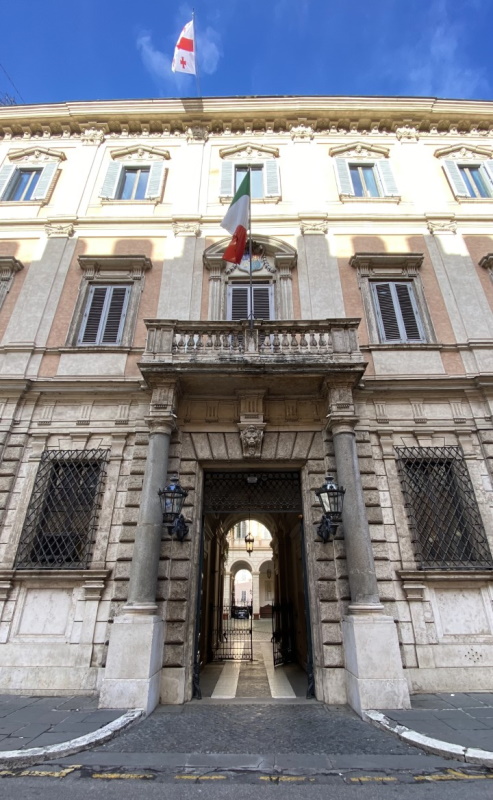
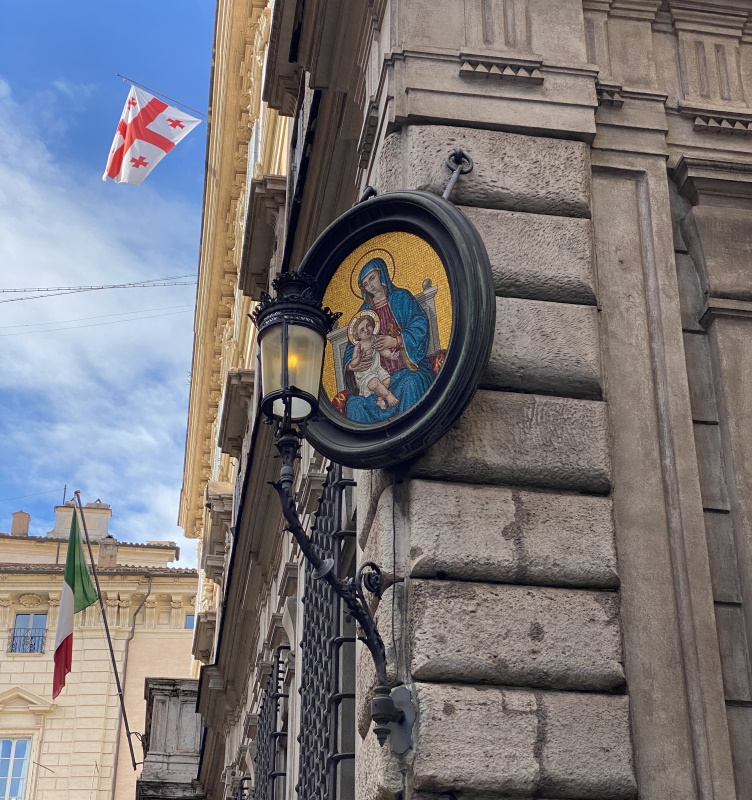
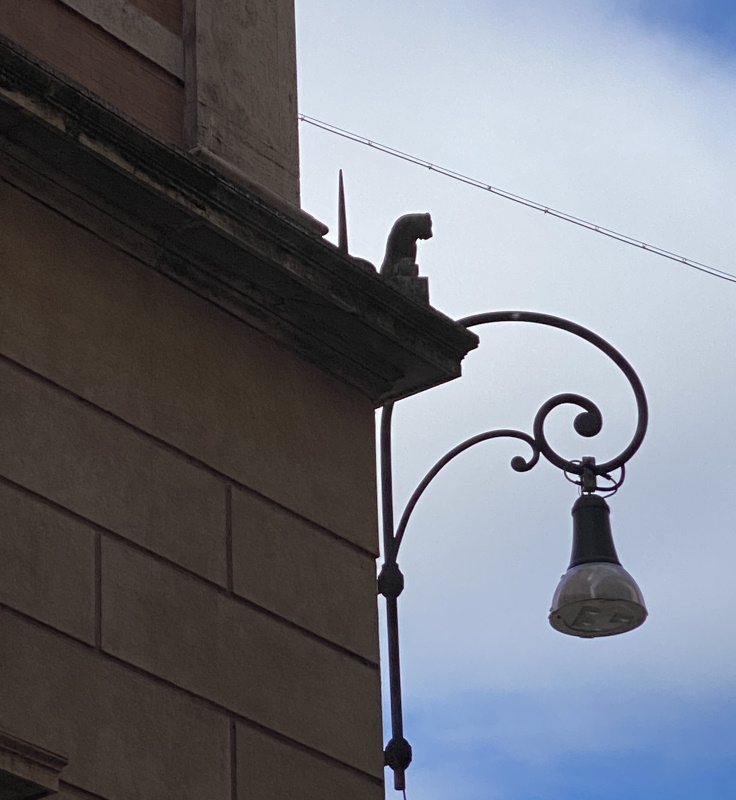
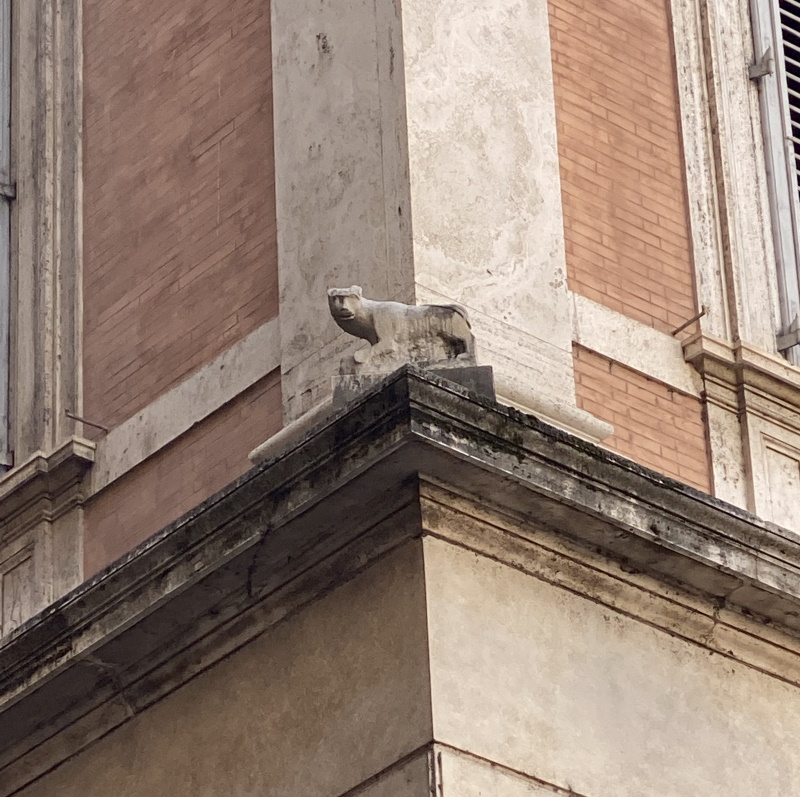
Located on Via del Plebiscito, just a few steps from Via del Corso, Palazzo Grazioli, as we see it today, is the result of the many modifications and restorations made over the centuries by the noble Roman families who resided there.
According to some ancient sources, it was a palace erected during the 1500s by Giacomo Della Porta for the Ercolani family in the Rione Campo Marzio, an area rich in archaeological finds from ancient Rome.
Between 1645 and 1650, the family of Alessandro Gottifredi, general of the Society of Jesus, settled there and had the architect Camillo Arcucci carry out a radical restoration of the building.
In the early 1800s, the palace became the residence of the Count of Kevenhüller, the Ambassador of Austria, and then Maria Luisa of Bourbon-Spain Duchess of Lucca, the Infanta of Spain, who died there in 1824.
Around 1840, Commendator Vincenzo Grazioli, later Baron of Castelporziano and Duke of Santa Croce di Magliano, acquired the palace. He entrusted its restoration to Antonio Sarti, who, in the course of the work, completed only in 1874, added to the pre-existing structure the body overlooking Piazza Grazioli.
At the time of the purchase of the palace, the nobility of the Grazioli family was of recent concession: the founder of the family, Count Vincenzo, was a typical representative of the "generone" of papal Rome, that class of great tenants of latifundia who, since the 16th century, guaranteed the liquidity of the city's ruling classes and the protection of food supplies, and managed, in some cases - as happened with the Torlonia family - to integrate into the historic nobility through strategic marriages.
The Graziolis came from Valtellina in the late 18th century; the immigration of Valtellinese to Rome was favored by the popes, who employed them as porters, measurers, and grain grinders.
Vincenzo Grazioli began, therefore, as a tenant of mills on the Tiber, which he later bought, becoming a renowned baker, and then a landowner.
In 1832, he was appointed Baron of Castelporziano by Pope Gregory XVI and then Roman nobleman in 1843, and finally promoted Duke of Santa Croce di Magliano in 1851 by Pius IX, to whom the family remained most loyal until the end of the Papal States.
In 1847, his son Pio (1822-1884) married Donna Caterina dei Duchi Lante Montefeltro della Rovere, and the family took the name Grazioli Lante della Rovere.
With his sons, he was among the protagonists of Roman social life in the second half of the 19th century and the patron of the reconstruction of the Church of San Giovanni della Malva in Trastevere.
The marble and bronze plaque with Glory's portrait commemorates the feat of second lieutenant Riccardo Grazioli Lante della Rovere, a gold medalist for military valor, who fell in Homs, now Al Khums, Libya, on 28 October 1911, during the Italian-Turkish war.
Pilasters with capitals bearing lion heads in the center, a motif reminiscent of the Gottifredi family's heraldic coat of arms, decorate the palace front on Via del Plebiscito. The majestic portal, surmounted by a lion's head, is flanked by two Doric-order columns in gray granite supporting a balustraded balcony over which is a window with an arched tympanum bearing the Grazioli coat of arms in mosaic.
On the second floor, on the corner of Via della Gatta and Piazza Grazioli, is a little gem unknown to most. But if you look up to the cornice, you can admire a marble female cat - life-size - who looks down on you from her vantage point over the city, eager to tell her story that began more than 2,000 years ago in the ancient Temple of Isis and Serapis. During the restoration of Palazzo Grazioli in 1874, the small sculpture, which probably represented Bastet, the Egyptian female deity in the guise of a cat, was picked up and moved to where it stands today and has since inspired three different legends.
The first says that a local cat, wandering around at night, noticed a fire starting; with her meows, she alerted and saved the whole neighborhood. The second one tells of a little girl about to fall from the ledge: the cat, meowing, allegedly alerted her mother and averted tragedy. The third is also the most imaginative: the cat points her gaze toward a hidden treasure. Until today, no one has ever found it.
Via del Corso
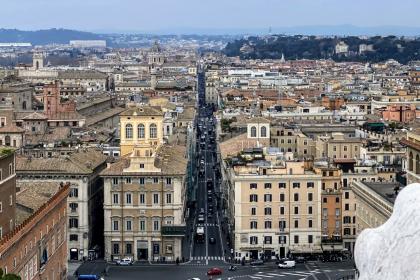
 Condividi
Condividi
Palazzo di Venezia
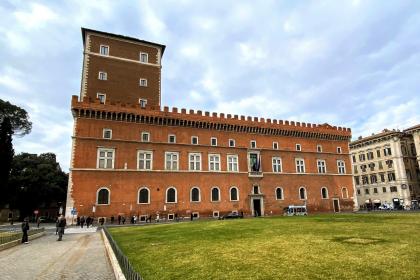
 Condividi
Condividi
Monument to Vittorio Emanuele II (Vittoriano)
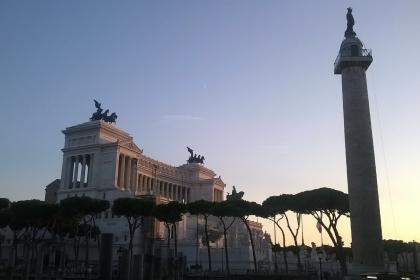
 Condividi
Condividi
Information
Il palazzo non è visitabile
 Condividi
Condividi
Location
To find out about all accessibility services, visit the Rome accessible section.













































